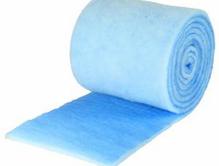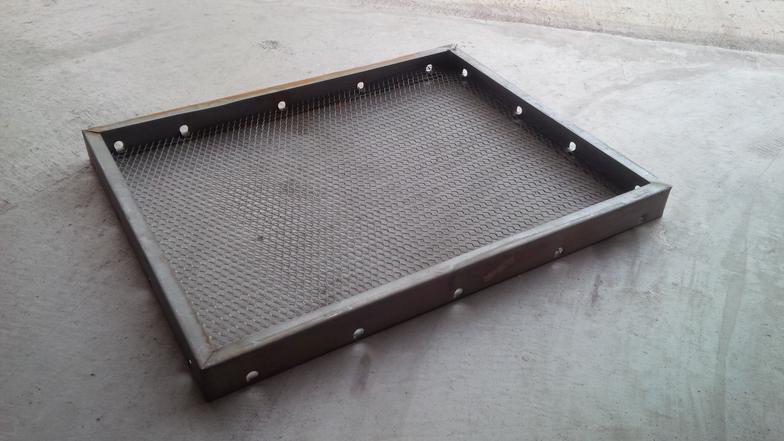Voigt's Filter Service
PO Box 116
Jarrell, TX 76537
Phone 512-468-2427
Efax 413-658-2427
Filter Media Roll
Polyester fiber with a MERV rating of 7
Custom frame
Voigt's Filter Service
We take pride in our selection of quality products. All of the filter products we offer are from trusted brands and are custom cut to your specifications in our shop.
We install MERV 7 filters unless otherwise required by our customers.
Our filter frames are custom built to your individual specifications
Our custom built frames are constructed of galvanized metal
High quality and 100% customer satisfaction are our top priorities.
MERV Rating- what is it?
Minimum efficiency reporting value, commonly known as MERV rating, is a measurement scale designed in 1987 by the American Society of Heating, Refrigerating and Air-Conditioning Engineers (ASHRAE) to rate the effectiveness of air filters. The scale "represents a quantum leap in the precision and accuracy of air-cleaner ratings"[1] and allows for improved health, reduced cost and energy efficiency in heating, ventilation and air conditioning (HVAC) design. For example, a HEPA filter is often impractical in central HVAC systems due to the large pressure drop the dense filter material causes. Experiments indicate that less obstructive, medium-efficiency filters of MERV 7 to 13 are almost as effective as true HEPA filters at removing allergens, with much lower associated system and operating costs.[2]
The scale is designed to represent the worst-case performance of a filter when dealing with particles in the range of 0.3 to 10 micrometers. The MERV rating is from 1 to 16. Higher MERV ratings correspond to a greater percentage of particles captured on each pass, with a MERV 16 filter capturing more than 95% of particles over the full range.
1–4 (10.0 μm)  Pollen, dust mites, cockroach debris, sanding dust, spray paint dust, textile fibers, carpet fibers. Commonly used in residential window AC units
Pollen, dust mites, cockroach debris, sanding dust, spray paint dust, textile fibers, carpet fibers. Commonly used in residential window AC units
5–8 (10.0–3.0 μm)  Mold, spores, dust mite debris, cat and dog dander, hair spray, fabric protector, dusting aids, pudding mix.
Mold, spores, dust mite debris, cat and dog dander, hair spray, fabric protector, dusting aids, pudding mix.  Better residential, general commercial, industrial workspaces
Better residential, general commercial, industrial workspaces
9–12  (3.0–1.0 μm)
(3.0–1.0 μm)  Legionella, Humidifier dust, Lead dust, Milled flour, Auto emission particulates, Nebulizer droplets.
Legionella, Humidifier dust, Lead dust, Milled flour, Auto emission particulates, Nebulizer droplets.  Superior residential, better commercial, hospital laboratories
Superior residential, better commercial, hospital laboratories
13–16  (1.0–0.3 μm)
(1.0–0.3 μm)  Bacteria, droplet nuclei (sneeze), cooking oil, most smoke and insecticide dust, most face powder, most paint pigments. Commonly used in
Bacteria, droplet nuclei (sneeze), cooking oil, most smoke and insecticide dust, most face powder, most paint pigments. Commonly used in  hospital & general surgery
hospital & general surgery
17–20 (< 0.3 μm)  Virus, carbon dust, sea salt, smoke. Commonly used in electronics & pharmaceutical manufacturing cleanroom
Virus, carbon dust, sea salt, smoke. Commonly used in electronics & pharmaceutical manufacturing cleanroom

